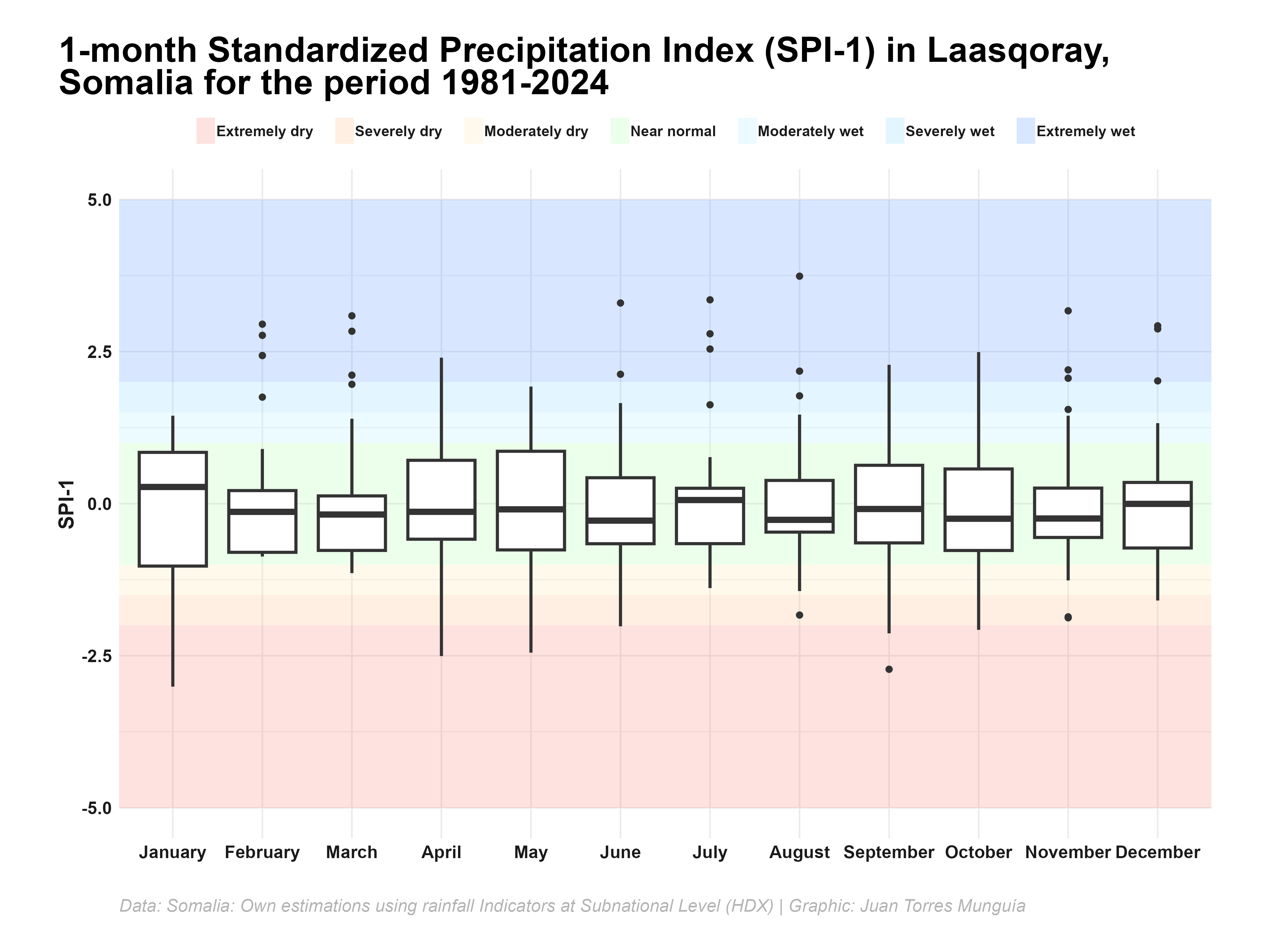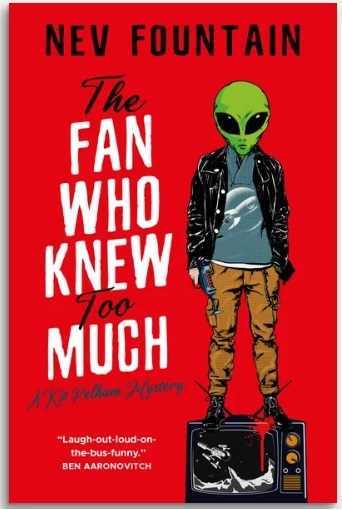
If you spend any time on LinkedIn, it’s almost a certainty that you have come across a bevy of alleged ‘agentic AI architectures’. They all look something like this: All very neat, but the audience might be forgiven for asking what exactly is agentic about this, except for relabeling subprocesses in what is a run-of-the-mill RPA workflow as ‘agents’. And the audience is, this once, perfectly right.





